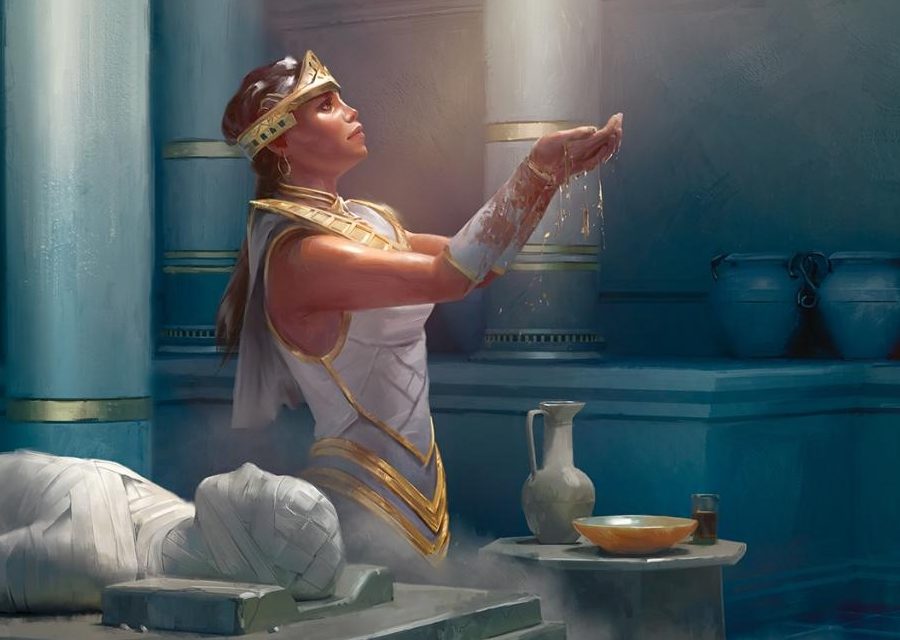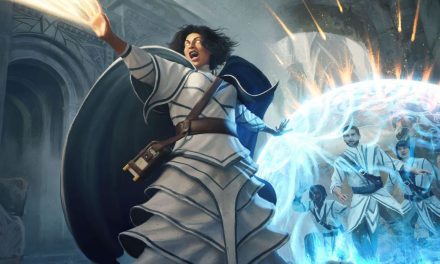The Grave Cleric in D&D 5e understands and reveres the inevitability of death.
It’s not as macabre as it might sound at first. After all, life and death exist as a cycle that is just as fundamental to existence as gravity.
These Clerics seek to protect this cycle and stand against beings that defy it. They offer consolation to those who have lost loved ones, preside over funeral ceremonies, and are the first to stand against creatures like the undead.
It might not be a glamorous job, but it’s one that is necessary and requires a steady and compassionate hand.
Do you have what it takes to stand in the balance between life and death?
Then enjoy this full guide to the Grave Cleric in D&D 5e!
What is the Grave Cleric in D&D 5e?
The Grave Cleric was first published in Xanathar’s Guide to Everything alongside the Forge Cleric Domain.
As I mentioned in this article’s introduction, these Clerics aren’t as macabre as you might think. They serve very important roles within their temples and communities.
By giving the dead proper funerals and offering comfort to those they leave behind, compassion is at the core of the Grave Domain.
That is the important distinction between Grave Clerics and Death Clerics. While Death Clerics seek to corrupt and end life, Grave Clerics instead honor the natural cycle of life and death.
In the Forgotten Realms setting, Kelemvor is the most popular deity worshipped by Grave Clerics. However, many also commonly worship Wee Jas. The Raven Queen is another major figure that is revered by Grave Clerics.
Role in the Party
Okay, so a lot of what Grave Clerics do involves taking care of the dead, but they’re also very good at taking care of the living! Everyone has a time to go, but these Clerics make sure that their allies don’t go before that time arrives.
The Grave Domain emphasizes spellcasting, healing allies, and debuffing enemies. Most of their features have a great range, so you’ll want to keep your distance in combat.
Prioritize healing on characters that have been downed. Grave Clerics are great healers, particularly when things start to turn dire!
When your party is doing good on hit points, focus on using spells to further control the flow of battle. A well-timed buff on an ally or debuff on an enemy can make all the difference!
Thankfully, there are plenty of options for this on the Cleric spell list. You’ll get some very good options on the Grave Domain Spell List, but picking up some other Cleric staples like Bless, Healing Word, Spiritual Weapon, and Spirit Guardians is a very good idea!
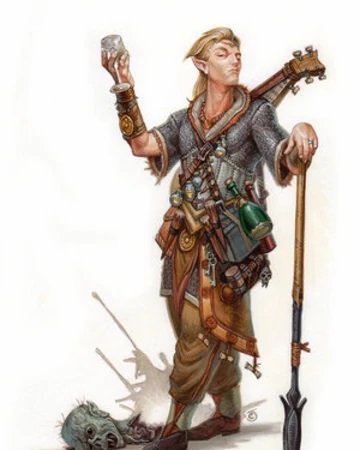
Grave Cleric Features 5e
The Grave Cleric gets a very nice spread of features. These include buffs to their healing, fun ways to derail their enemies, and a Channel Divinity option that can be a death sentence for an enemy!
Let’s check out the features you gain with the Grave Domain!
Grave Domain Spells
Every Divine Domain (Cleric subclass) also comes with its own unique list of bonus spells. These are called Domain Spells.
You gain these Domain Spells when you hit the level on the table below. These spells are considered to always be prepared for you and they don’t count against the number of spells you can prepare each day.
Some Domain Spell lists might include spells that aren’t normally on the Cleric spell list. In these cases, the spell counts as a Cleric spell for you and uses your Wisdom modifier as the spellcasting ability.
So, let’s check out what you get for choosing the Grave Domain!
| Cleric Level | Domain Spells |
| 1 | Bane, False Life |
| 3 | Gentle Repose, Ray of Enfeeblement |
| 5 | Revivify, Vampiric Touch |
| 7 | Blight, Death Ward |
| 9 | Antilife Shell, Raise Dead |
Thoughts on the Grave Cleric Spell List
False Life is an excellent (and underrated) spell that gives you a nice buffer of temporary hit points. I do recommend checking out my article that covers the ins and outs of how temporary hit points work since you’ll likely be using this spell a lot!
I’m so-so on Bane. In theory, it’s a great spell but it’s rare that it really brings value that justifies spending the spell slot.
Gentle Repose is a very situational spell, but it does fit the theme of the Grave Cleric well. In a tight situation, you could use it to preserve an ally’s body until you can bring them back to life with another spell.
Ray of Enfeeblement can potentially be good, but it’s common for enemies that rely on Strength attacks to also have good Constitution scores which makes it a questionable use of a spell slot in most cases.
There is no reason for any Cleric to not take Revivify. Thankfully, you’ve always got it handy thanks to the Grave Domain’s spell list! If you find yourself in melee combat and envious of an enemy’s hit points, Vampiric Touch is a good spell to have in your back pocket.
It’s hard to overstate how useful Death Ward is. Keep it handy and use it often (especially before a big fight!)
Blight is a fun spell that Clerics don’t typically get access to. It deals decent damage and will be incredibly useful if you encounter any plant enemies.
Used tactically, Antilife Shell is an amazing defensive spell that can singlehandedly win combats for you. Keep yourself safe in your bubble and mow melee enemies down with spells!
Having Raise Dead always prepared is good when you need it, but that’s hopefully not often!
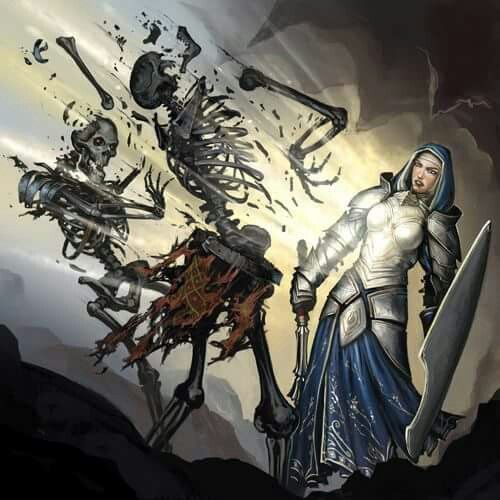
Circle of Mortality (Level 1)
Few times are more important for a party to have a Cleric than when someone is dropped to zero hit points. When someone’s making death saving throws, things are going to get tense!
Fortunately, at times like this, the Grave Cleric’s healing is at its best!
When you would normally roll one or more dice to restore hit points with a spell to a creature at 0 hit points, you instead use the highest number possible for each die.
In addition, you learn the Spare the Dying cantrip. It does not count against the number of Cleric cantrips you know. For you, it has a range of 30 feet and you can cast it as a bonus action.
When an ally gets knocked unconscious, this is the perfect time for you to upcast a Cure Wounds spell! Since it’s healing for the maximum amount, you can get some excellent value for the spell slot.
If you’re not able to get to your ally, the improved range on Spare the Dying will buy you some time.
Eyes of the Grave (Level 1)
Grave Clerics have a great reverence for the cycle of life and death. However, nothing insults that cycle more than the Undead.
As an action, you know the location of any undead within 60 feet of you that isn’t behind total cover and that isn’t protected from divination magic. This lasts until the end of your next turn.
You do not learn anything about the creature’s capabilities or identity.
You can use this feature a number of times equal to your Wisdom modifier (minimum of once). You regain all expended uses when you finish a long rest.
In an adventure with plenty of undead enemies, this can be useful.
Cunning undead enemies might disguise themselves or simply pretend to be dead until your backs are turned. This lets you see right through that.
Note that you won’t know exactly what enemy is waiting up ahead. It could be a zombie or something tougher like a banshee or a vampire.
I don’t know that this is a big reason to pick the Grave Domain, but it’s nice to have.
You know…
Just in case…
Recommended: Using Turn Undead and Destroy Undead in D&D 5e
Channel Divinity: Path to the Grave (Level 2)
The Grave Cleric’s unique option for their Channel Divinity is seriously cool.
As an action, you choose one creature you can see within 30 feet of you, cursing it until the end of your next turn.
The next time you or an ally of yours hit the cursed creature with an attack, the creature has vulnerability to all of that attack’s damage. The curse then ends.
This is an excellent use of your Channel Divinity. If you aren’t already communicating and playing tactically with your teammates, now is the time to start!
Vulnerability means the creature will be taking double damage from the attack. In addition to pumping out extra damage, this is also handy for getting around an enemy’s resistances or immunities.
But where Path to the Grave really shines is in setting up your heaviest hitters to deal hilariously massive amounts of damage. Landing a Divine Smite or a perfectly timed Sneak Attack against an enemy with this curse on them is just the best feeling.
When I played a Grave Cleric, our Paladin landed a critical hit on the enemy I cursed with this feature. Adding in his strongest Divine Smite, doubling the damage from the crit, and then doubling it again from Path to the Grave was simply amazing.
The encounter that we were warned “isn’t even fair” was over before we even got halfway through the first round!
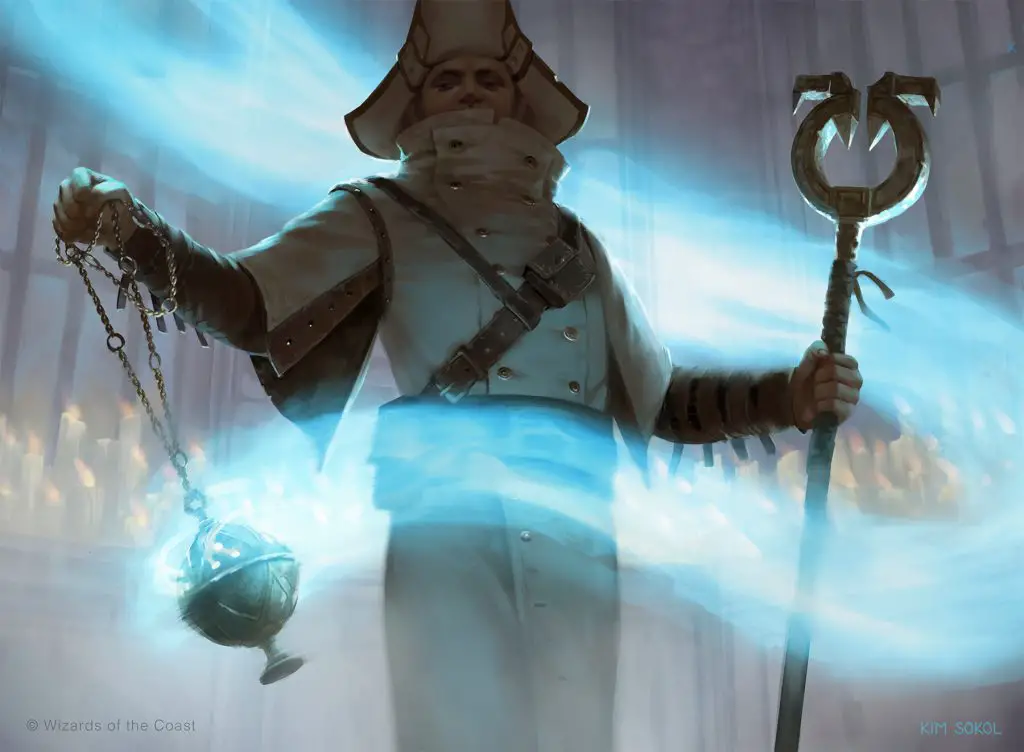
Sentinel at Death’s Door (Level 6)
When the time to use the Grave Cleric’s level 6 feature arises, you’re in for a treat. Few features will prompt such a sigh of relief from your party members and make your DM rolls their eyes so hard!
As a reaction when you or a creature you can see within 30 feet of you suffers a critical hit, you can turn that hit into a normal hit. Any effects triggered by a critical hit are canceled.
You can use this feature a number of times equal to your Wisdom modifier (minimum of once). You regain all expended uses when you finish a long rest.
It’s hard not to take some level of joy in denying enemies’ critical hits. Sure, your DM might view you as a troll, but you’re just doing your job!
As far as defensive features go, this is top-tier. It might not get used every session, but it will always be incredibly impactful.
Keep your friends within 30 feet of you and they can take comfort knowing you’ve got their back!
Potent Spellcasting (Level 8)
At level 8, you get a nice buff to your spell damage output.
You now add your Wisdom modifier to the damage you deal with any Cleric cantrip.
Cantrips like Sacred Flame and Toll the Dead are great and reliable options for you. Being able to add some extra “oomph” to them is great!
By level 8, I’m hoping you’ve bumped your Wisdom up to 20. That means you’re getting an extra 5 damage to your Cleric cantrips.
It might not sound like much, but it adds up very fast!
Though that brings up an important thing to be aware of: this only affects your Cleric cantrips. Cantrips you’ve gained from multiclassing or with a feat like Magic Initiate won’t qualify for this bonus.
Keeper of Souls (Level 17)
The Grave Cleric’s capstone feature, Keeper of Souls, is a handy way of passively healing your party.
When an enemy you can see dies within 60 feet of you, you or one creature of your choice within 60 feet of you regain hit points equal to the enemy’s number of Hit Dice.
You can use this feature only if you aren’t incapacitated. Once you use it, you can’t do so again until the start of your next turn.
On the one hand, this is an excellent capstone feature. It’s a reliable way of healing yourself and your party once per turn without having to use any actions, reactions, or resources.
But on the other hand, it’s realistically not going to be healing for a remarkable amount each turn. It might be a little underwhelming.
I tend to be more of a “glass half full” kind of person, personally, so I like this feature. If you need to pump out more healing, you can still cast a healing spell.
This is just quite literally free healing as long as your party is dropping enemies each round. That means you can easily keep your party topped up on hit points and pick up allies who are making death saves.

Connections
Death is a natural part of life. Wherever you find one, you’re bound to find the other.
As a Grave Cleric, this means you can fit comfortably into any adventure. If the adventure involves undead, it’s even easier to connect your character to the campaign and party!
Wherever you go, you are a calming and compassionate figure who gives the dead the dignity they deserve and provides compassion for those still living.
Where you can help and heal, you do. Otherwise, you maintain the natural cycle of life and death by easing the transition for all those involved.
Honestly, consider how professional funeral directors conduct themselves in real life. A large part of their job is being a compassionate listener to the deceased’s family to give them the best funeral possible.
To my knowledge, most funeral directors aren’t meeting in shadowy underground chambers as some kind of death cult. I’m also pretty sure that most don’t show up to work cosplaying as Marilyn Manson.
Most are actually very friendly and compassionate people that hold themselves to a high standard of professionalism. In fact, some of the most bubbly and friendly people I’ve met are morticians and funeral directors!
Remember the nuance we talked about between the Grave Domain and Death Domain? You’ll want to keep that in mind when building and playing a Grave Cleric.
Is the Grave Cleric Good?
The Grave Cleric is an excellent subclass option for Clerics with the ability to have a ton of impact. They can completely derail enemies and pull their allies back from the brink of death.
While this subclass’s theme and Eyes of the Grave feature are especially good for an adventure with plenty of undead enemies like
I mean, being able to completely negate critical hits or combo your Path to the Grave with a heavy-hitting ally is pretty great no matter what!
I’ve played several Clerics over the years, but I’m especially partial to the Grave Cleric.
Considering that we were playing the infamous Tomb of Annihilation (review here!) when I played this subclass, there were many occasions where my character got to save the day.
I don’t know if I could objectively call the Grave Domain the best Cleric subclass. We’ll have to see where it falls when I write the ranking article.
But wherever it falls, it’s still an incredibly impactful option that should absolutely be considered at the very least!
Update: You can check out my ranking of every Cleric subclass in D&D 5e here!
Conclusion – Grave Cleric in D&D 5e
The Grave Cleric is one of the most interesting Cleric subclasses both mechanically and thematically. It’s incredibly useful at every tier of play and fits a very unique role in the party.
I hope you’ve found this guide helpful!
Let’s chat in the comments if you have any questions or stories about Grave Clerics in your own games!
And by the way…
You’re missing out if you’re not already subscribed to the Tabletop Joab newsletter!
It’s the best way to get all the latest player guides, DM tips, reviews, news, and more for D&D 5e straight to your inbox!
Subscribe below!
You can also follow me on Facebook and Twitter.
If you found this article helpful and want to support the site, you can buy me a coffee here! (It’s not expected, but very appreciated!)

